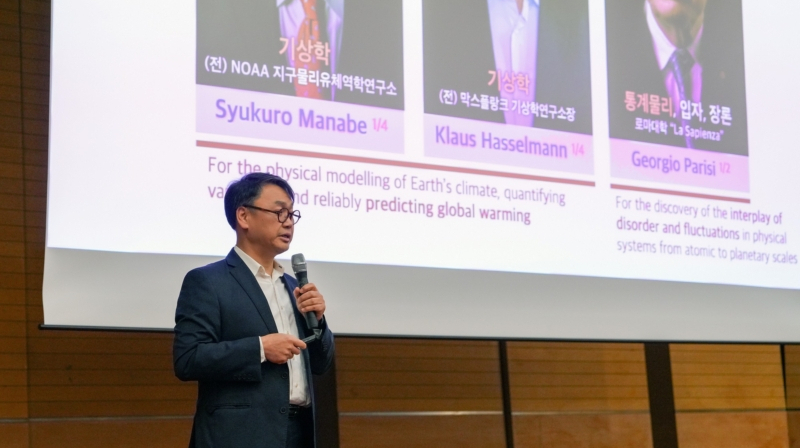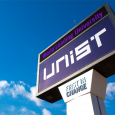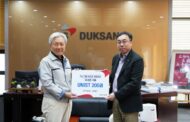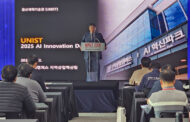The recent decision by the Nobel Committee marks a significant milestone in the recognition of ‘information’ as a fundamental aspect of reality within physics. This reflects the zeitgeist of our era, as physics increasingly aims to understand life and social phenomena through the lens of ‘information,’ transcending traditional material concerns.
On November 1, the 2024 Nobel Prize in Physics Commentary Lecture was held in the auditorium, featuring an engaging discussion on the convergence of artificial intelligence (AI) and physics. Professor Cheol-Min Ghim from the Department of Physics at UNIST delivered the lecture, exploring the past, present, and future of AI while highlighting the groundbreaking contributions of Professor John Hopfield and Professor Geoffrey Hinton, this year’s Nobel laureates in Physics.
The event attracted an audience of over 230 participants, including more than 80 parents and local citizens accompanied by their children, demonstrating a keen interest in the sciences. Professor Ghim remarked, “This lecture was designed to examine the imminent future of the interaction between AI and physics,” and further expressed, “I hope it provides an opportunity for citizens and aspiring scientists to engage thoughtfully with the impact of innovative technologies on society.”
Professor Ghim elaborated on the profound influence of the research conducted by Professors Hopfield and Hinton on AI development. Hopfield invented the Hopfield Network, which established a framework for the retention and association of information. Hinton has significantly advanced AI’s learning capabilities through innovations such as the Boltzmann machine and backpropagation algorithms. Professor Ghim emphasized, “Without their pioneering work, today’s artificial intelligence would not exist.”
Following the lecture, an interactive Q&A session ensued. When asked, “Does artificial intelligence have the potential to surpass human intelligence?” Professor Ghim responded, “AI possesses significant technological potential, but this must be accompanied by ethical responsibility.”
Attendees expressed positive feedback regarding the commentary lecture. Woo Jun-ha, a third grader at Eonyang Middle School, remarked, “It was fascinating to learn about the connection between AI and physics for the first time.” Kim Bum-soo and Jeon Ju-hyuk, second graders at Shinjeong High School, added, “The links between physics and AI were remarkable, and today’s lecture provided us with valuable insights to enhance our school learning.”
Professor Ghim emphasized, “This lecture showcased the potential for further advancements in AI through the principles of physics.” Participants left with renewed perspectives on the future of AI and its wide-ranging applications.
President Chong Rae Park commented, “This lecture was an essential opportunity to understand the evolution of modern science through the convergence of artificial intelligence and physics. UNIST is committed to further fostering these academic exchanges.”
The Department of Physics is dedicated to continuing to provide opportunities for community engagement, promoting awareness and understanding of scientific advancements.













